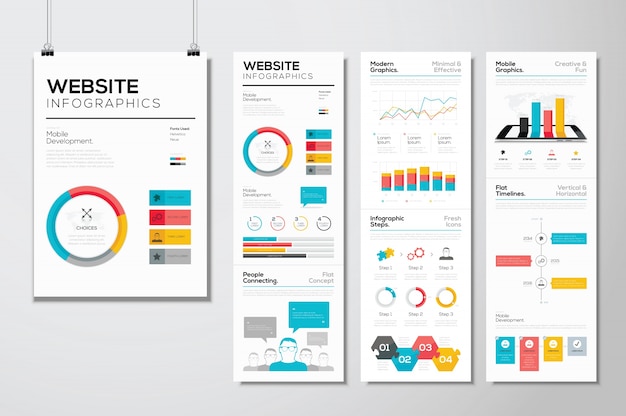The Development Of Site Layout: From Earlier Times To Currently
The Development Of Site Layout: From Earlier Times To Currently
Blog Article
Posted By-Hartley Clarke
In the past, websites were easy and focused on information. Navigating was straight, and style was for desktops. Now, individual experience is vital. Data guides designs for very easy navigation. Receptive designs match different tools. Today, dark setting decreases stress, and minimalist food selections enhance navigation. https://www.timesofisrael.com/spotlight/nafez-husseini-shares-5-pro-tips-to-create-an-effective-digital-marketing-strategy/ involve users, and bold visuals stand apart. AI combination boosts involvement. See just how layout has actually evolved to improve your on-line journey.
Very Early Days of Website Design
In the very early days of web design, simpleness preponderated. Internet sites were basic, with minimal colors, fonts, and layouts. The focus was on giving details as opposed to fancy visuals. Customers accessed the net with slow-moving dial-up connections, so rate and capability were crucial.
Navigating menus were straightforward, usually situated at the top or side of the page. Sites were developed for desktop computers, as mobile browsing had not been yet prevalent. Material was king, and designers focused on easy readability over intricate style elements.
HTML was the main coding language made use of, and designers needed to function within its constraints. Computer animations and interactive functions were very little contrasted to today's criteria. Web sites were static, with little vibrant material or personalized user experiences.
Increase of User-Focused Layout
With the evolution of internet site style, a change towards user-focused layout concepts has become significantly famous. Today, producing websites that prioritize customer experience is critical for engaging site visitors and achieving company goals. User-focused design entails recognizing the needs, choices, and actions of your target audience to tailor the web site's design, material, and includes appropriately.
Developers currently conduct thorough research, such as individual surveys and usability screening, to collect insights and responses directly from customers. This data-driven approach aids in developing intuitive navigating, clear calls-to-action, and visually appealing user interfaces that resonate with site visitors. By putting the customer at the facility of the layout process, web sites can provide an extra personalized and enjoyable experience.
Responsive style has actually likewise become a crucial aspect of user-focused layout, making certain that sites are optimized for different tools and display sizes. This versatility improves accessibility and use, catering to the varied methods individuals connect with web sites today. Essentially, the surge of user-focused style represents a change in the direction of creating electronic experiences that focus on the needs and expectations of the end user.
Modern Trends in Website Design
Discover the latest patterns shaping web design today. One popular fad is dark setting style, offering a smooth and modern appearance while reducing eye pressure in low-light settings. An additional key pattern is minimalist navigation, streamlining menus and enhancing customer experience by concentrating on essential elements. Including micro-interactions, such as computer animated switches or scrolling results, can produce an extra appealing and interactive website. Receptive design stays essential, ensuring seamless user experiences across different tools. In addition, using vibrant typography and asymmetrical layouts can add aesthetic passion and draw attention to details content.
Integrating AI innovation, like chatbots for customer assistance or individualized referrals, boosts user involvement and streamlines processes. Ease of access has additionally become a significant trend, with developers prioritizing inclusive layout methods to cater to diverse customer needs. Welcoming sustainability by maximizing website efficiency for speed and performance is an additional arising pattern in website design. Teaming up with customer responses and data analytics to repeat and improve design continuously is crucial for remaining pertinent in the ever-evolving electronic landscape. By embracing these modern fads, you can develop an aesthetically attractive, straightforward site that resonates with your target market.
Conclusion
As you reflect on the development of web site design from the very early days to now, you can see just how user-focused layout has actually ended up being the driving force behind modern fads.
Accept the trip of change and adaptation in web design, always maintaining the individual experience at the forefront.
Tippingpointdigital
Stay current with the most up to date fads and technologies, and never quit developing your approach to produce visually spectacular and easy to use web sites.
Evolve, adapt, and create - the future of web design remains in your hands.
